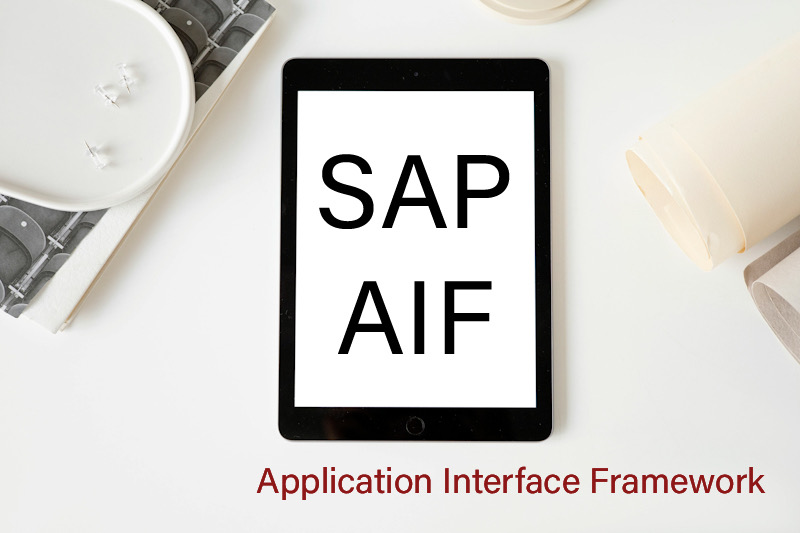Introduction
Efficient interface management is the backbone of seamless data exchange in modern ERP systems. SAP Application Interface Framework (AIF) emerges as a robust solution, offering centralized control, monitoring, and error handling for application interfaces. In this blog, we explore the intricacies of SAP AIF in S/4HANA, its setup, interaction with external systems, and solutions to common challenges.
Understanding SAP AIF
SAP AIF is a framework designed to manage application interfaces, ensuring smooth data flow between systems. It supports various integration technologies, including IDocs, web services, and file transfers. Key features include:
- Centralized Monitoring: A unified console for tracking interfaces and logs.
- Error Handling: Tools for resolving issues efficiently.
- Logging and Audit Trails: Simplified troubleshooting and compliance tracking.
- Role-Based Authorizations: Controlled access to interface data.
- Governance and Compliance: Structured management of interface definitions and configurations.
How SAP AIF Works in S/4HANA
In S/4HANA, AIF integrates seamlessly to manage interfaces across the system landscape. It separates technical and business monitoring, empowering business users to address non-technical errors directly. This reduces dependency on IT teams and enhances operational efficiency.
Step-by-Step Setup and Configuration
Setting up SAP AIF involves several steps:
- Define Namespaces: Organize interfaces for better management using transaction /AIF/CUST.
- Configure Actions: Define business logic with function modules or BAPIs.
- Mapping and Transformation: Set up structure mappings and value mappings for data processing.
- Error Handling: Configure alerts and mass error handling mechanisms using /AIF/ERR.
- Authorization Management: Assign role-based access controls to ensure secure operations.
Interaction with External Systems
SAP AIF facilitates interaction with external systems by:
- Supporting multiple integration technologies (e.g., IDocs, web services).
- Providing tools for data transformation and mapping.
- Ensuring secure and compliant data exchange.
Common Challenges and Solutions
- Error Handling: Use transaction /AIF/ERR to resolve issues efficiently.
- Monitoring: Leverage /AIF/IFMON for tracking messages and logs.
- Configuration Issues: Troubleshoot setup problems with detailed documentation.
- Performance Optimization: Implement best practices for improving interface performance.
Key SAP Transactions for AIF
Here are some essential transactions for AIF configuration and monitoring:
- /AIF/IFMON: Interface Monitor for tracking messages and logs.
- /AIF/ERR: Error Handling for resolving issues.
- /AIF/CUST: Customizing Interface Settings.
- /AIF/LOG: Logging and Audit Trails.
Advanced Features and Use Cases
Explore advanced features such as:
- Personalized Alerts: Configure alerts for specific error situations.
- Custom Namespaces: Create namespaces tailored to business needs.
- Integration with Fiori Apps: Enhance user experience with intuitive monitoring tools.
Conclusion
SAP AIF in S/4HANA is a game-changer for interface management. It offers centralized control, efficient error handling, and seamless integration with external systems. Businesses can optimize operations, ensure compliance, and drive innovation by leveraging their capabilities.
Have you implemented SAP AIF in your organization? Share your experiences, challenges, and insights in the comments below. Let’s learn and grow together!

